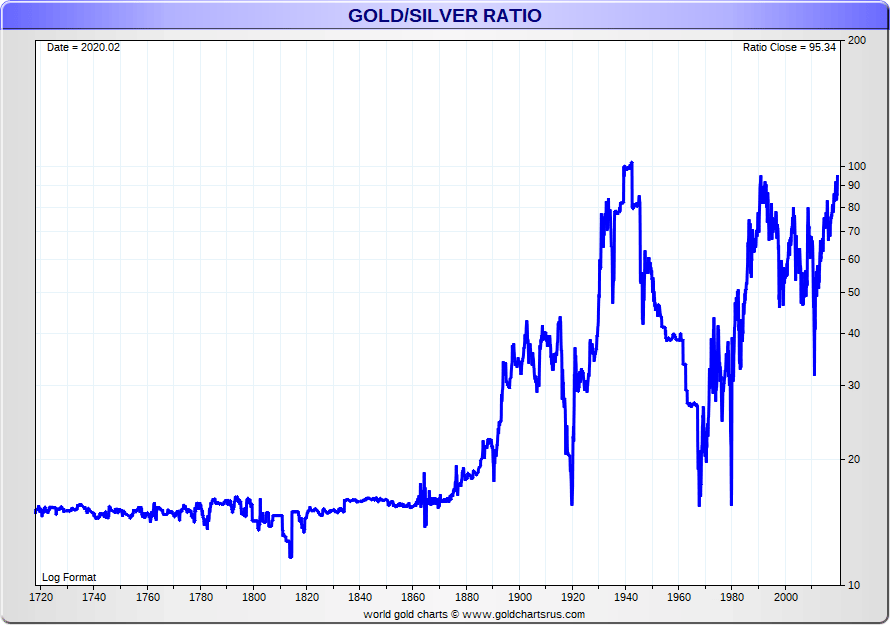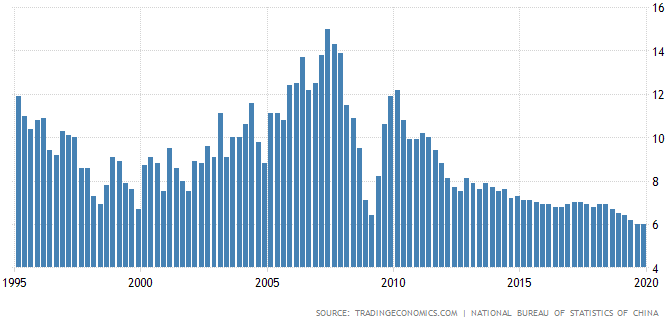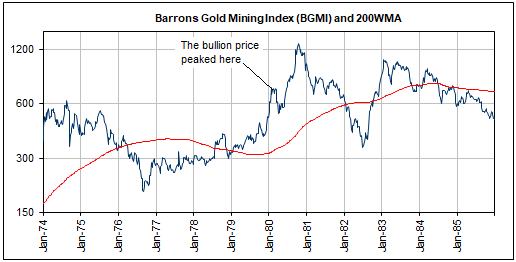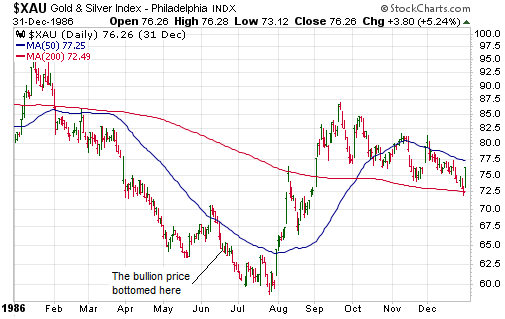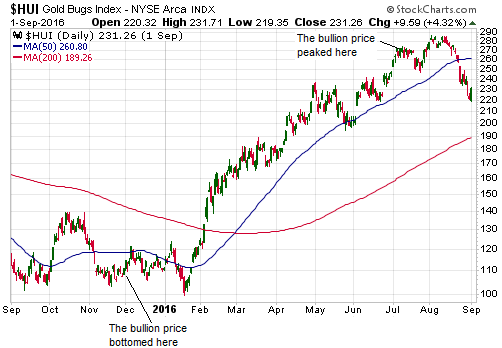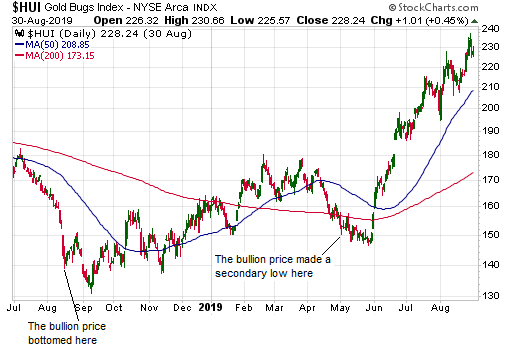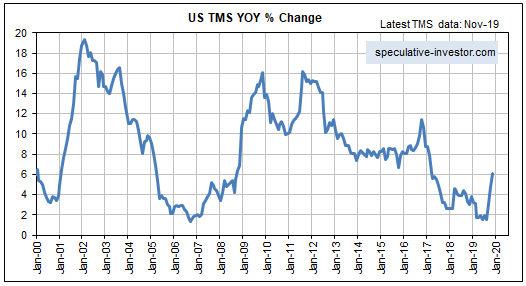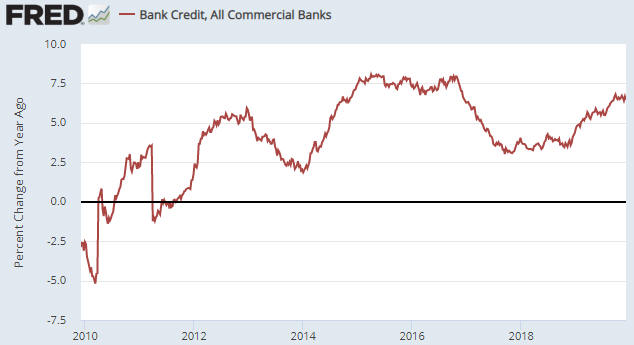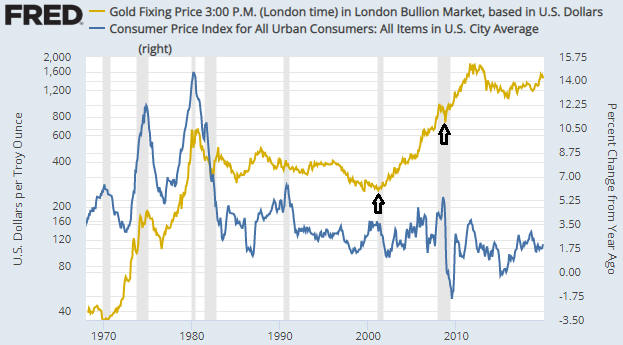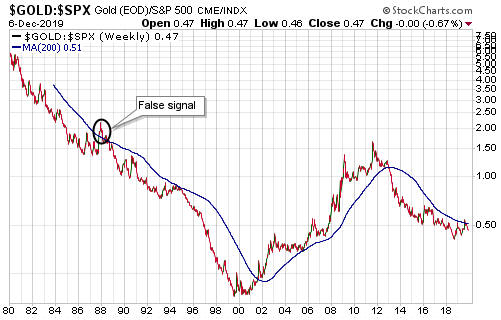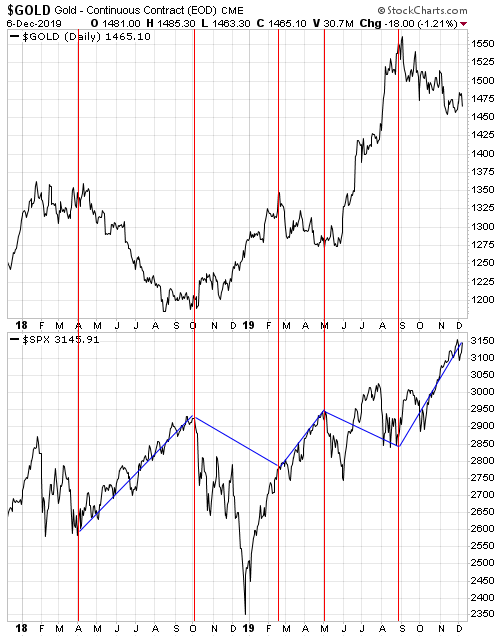[This blog post is a modified excerpt (with an updated chart) from a TSI commentary published one month ago]
Last July the gold/silver ratio came within 10% of its 50-year high, which was reached in 1991, and within 15% of its multi-century high, which was reached in the early 1940s. The following monthly chart from goldchartsrus.com shows that on a monthly closing basis the ratio has just made a new multi-decade high and is now within 10% of a 300-year high, meaning that silver has almost never been cheaper relative to gold than it is today.
One way to interpret the gold/silver ratio chart is that silver has huge upside potential relative to gold. I think this interpretation is correct, but there is a realistic chance that the ratio will make a new multi-century high (in effect, a new all-time high) before silver embarks on a major upward trend relative to gold.
This is not my preferred scenario, but a new all-time high in the gold/silver ratio could occur within the next 12 months due to a major deflation scare.
My current expectation is that over the bulk of this year there will be US dollar weakness and signs of increasing “inflation”, which is a financial/economic landscape that would favour silver over gold and pave the way for some mean reversion in the gold/silver ratio. However, if the stock market bubble were to burst, economic confidence probably would tank and there would be a panic towards ‘liquidity’. For the general public that would involve building-up cash, but for many large investors it would involve buying Treasury bonds and gold. Silver eventually would benefit from the strength in the gold market, but the silver market is not big enough and liquid enough to accommodate investors who are in a hurry to find a safe home for billions of dollars of wealth. Initially, therefore, the gold/silver ratio could rise sharply under such a scenario.
The scenario described above would lead to panic at the Fed, eventually resulting in the introduction of the most aggressive asset monetisation scheme to date. That’s the point when silver probably would commence a major catch-up move.
 Print This Post
Print This Post

